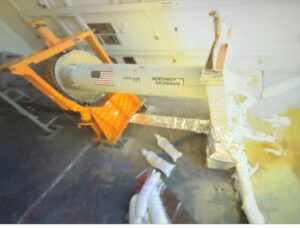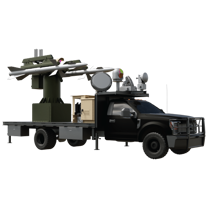
Willingness to take on more risk must increase as part of new acquisition policies aimed at creating a larger and healthier defense industrial base (DIB) that can rapidly expand production to meet the current threat environment, the Defense Department says in its first industrial strategy. In peacetime, acquisition reform is focused on “greater efficiency, cost effectiveness, transparency, and accountability,” but changes are needed to “acquisition mechanisms” to “revitalize the defense industrial base” amid the current threat landscape, says the National…

 By
By 











